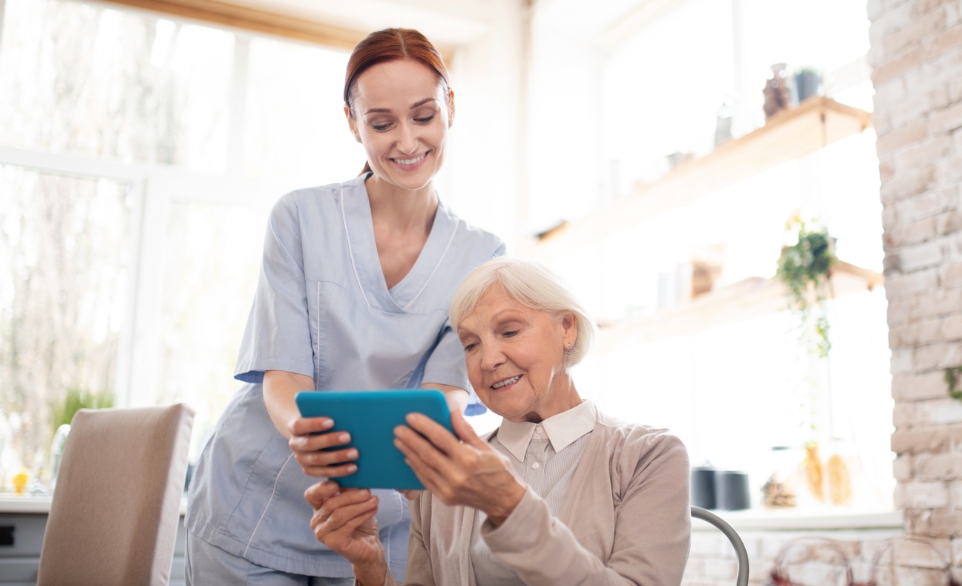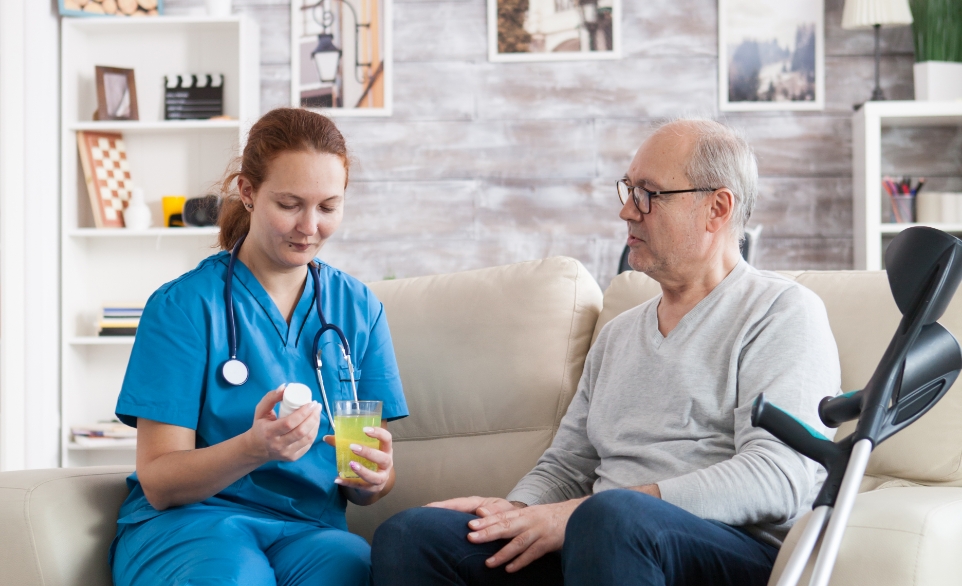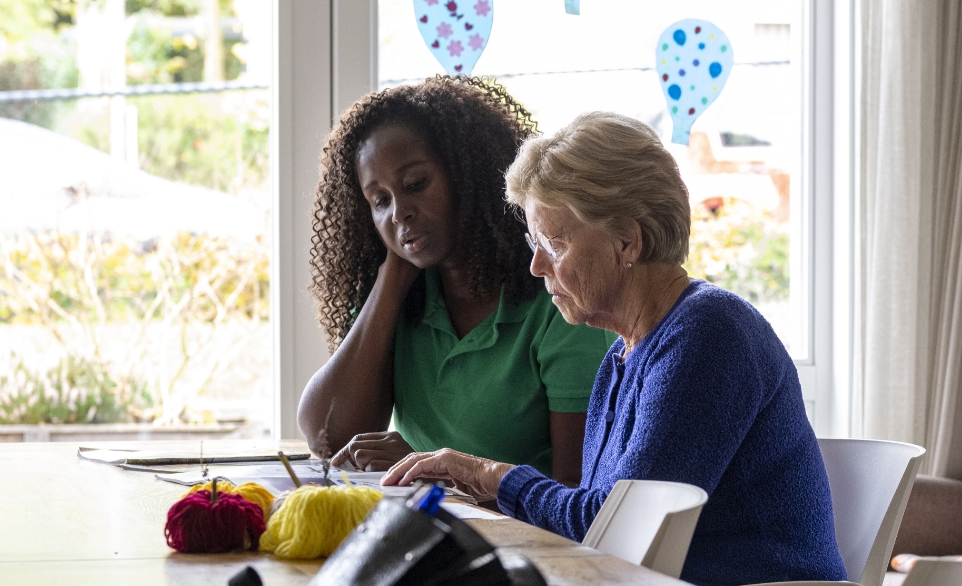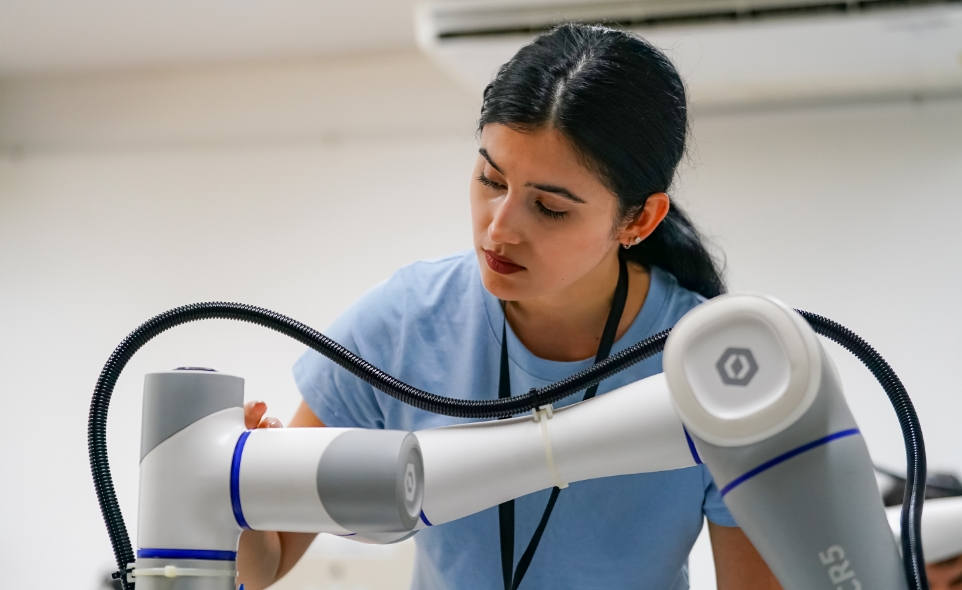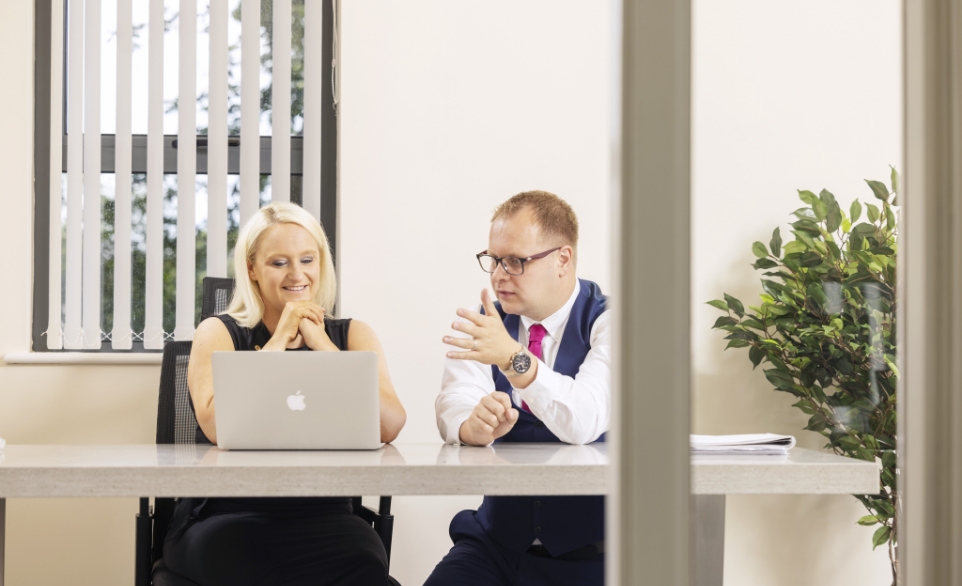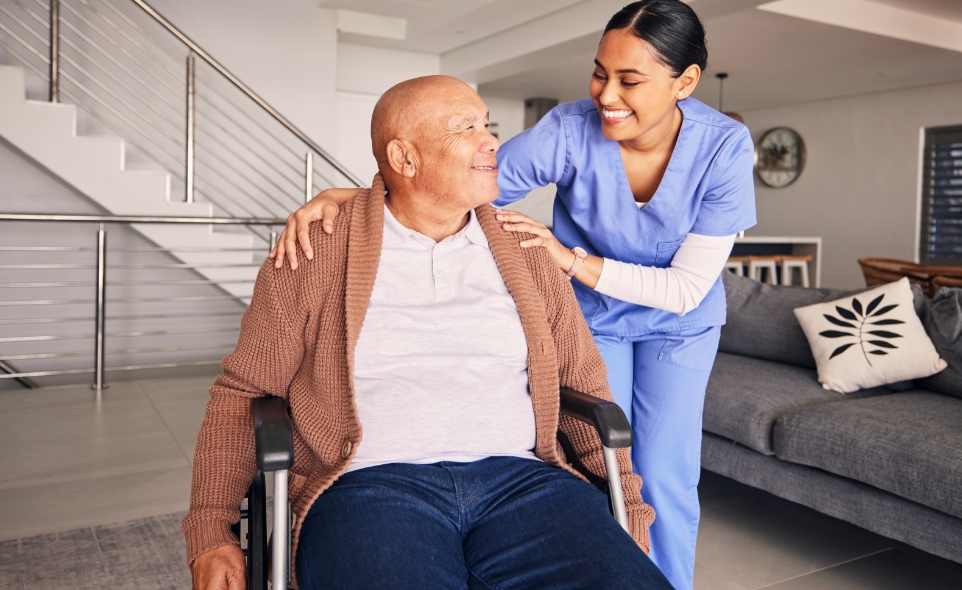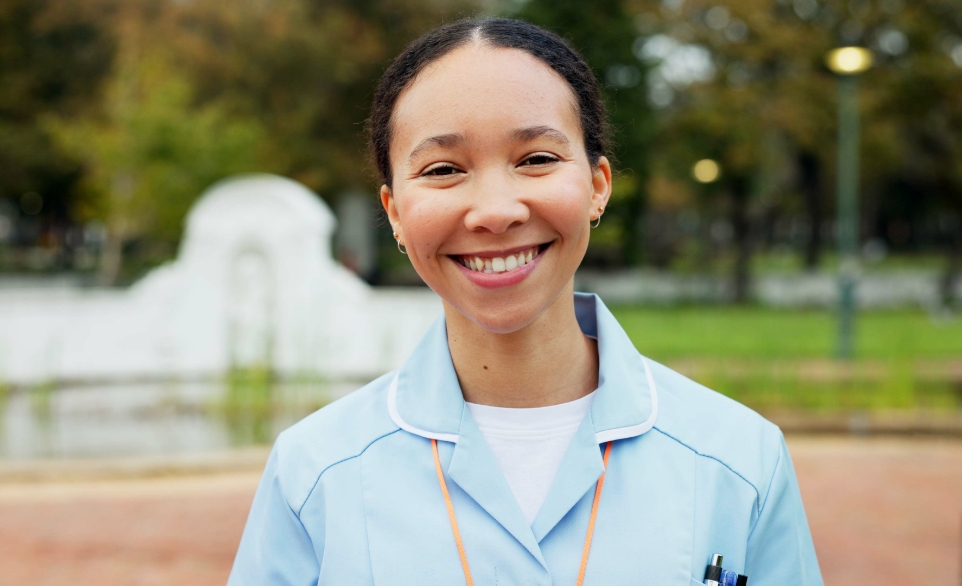
Carer Academy | Written by Jill Hudson
You don’t need to wear a badge that says “safeguarding” to be a safety leader. In care, awareness is everything — and it starts with you.
When people think of risk in care, they often imagine dramatic emergencies.
But most risk? It’s quiet. Subtle. Building slowly in the background — until it becomes a serious issue.
That’s why we created this guide.
Because being “safe by default” doesn’t require you to be perfect. It just requires you to notice things early, know what to do, and act with calm confidence.
This blog will help you:
- Know what to look out for during every visit
- Spot the early signs of risk across different categories
- Understand when and how to escalate concerns
- Download a quick-reference safeguarding cheat sheet to keep with you
What Is Risk Awareness in Care?
Risk awareness means constantly scanning for things that:
- Could cause harm (to the client or to you)
- Could lead to deterioration (emotionally or physically)
- Could result in safeguarding issues if left unchecked
And it’s not just about spotting danger — it’s about taking early action before problems escalate.
Risk awareness is one of the core skills we’ll help you master at Carer Academy. It’s the foundation of safe care — and it’s what turns a good carer into a trusted professional.
What to Look Out for During a Visit
Every visit is an opportunity to assess more than just care tasks.
Use this simple 4-point scan during each shift:
-
Environment
- Are floors clear of hazards?
- Are mobility aids in good condition and in the right place?
- Are doors, windows, heating, and lighting safe and working?
-
Physical Condition
- Any signs of pain, bruising, swelling, or skin breakdown?
- Is the client walking, eating, or moving differently than usual?
- Are they wearing weather-appropriate clothing?
-
Emotional & Behavioural State
- Do they seem more withdrawn, anxious, or agitated than normal?
- Are they avoiding eye contact or struggling to engage?
- Have they expressed fear or confusion about someone or something?
-
Home Setup
- Is there food in the house?
- Is medication stored properly and taken on time?
- Are there signs of self-neglect, hoarding, or hygiene concerns?
Remember: you don’t need to diagnose — you just need to notice.
Early Signs of Risk: What Matters (Even If It Seems Small)
Environmental Risks
- Loose rugs or wires
- Pets causing trips
- Front door left open
- Smoke alarm batteries missing
Physical Risks
- New marks or bruises
- Skin looking red, hot, or broken
- Repeated refusal to eat or drink
- Sudden weight loss or weakness
Emotional / Psychological Risks
- Client starts saying “Don’t tell anyone…”
- Reluctance to speak around certain people
- Sudden fearfulness or paranoia
- Frequent mention of wanting to be “done” or “go away”
Financial or Social Risks
- Unpaid bills building up
- Someone else handling their money with no explanation
- Isolation — no one visiting, phone unplugged, curtains drawn
Even if you’re not sure it’s a risk, make a note. You’re better off raising a false alarm than staying silent on something serious.
When and How to Escalate a Concern
If something doesn’t feel right — act.
Here’s a simple process:
- Notice – Don’t ignore the red flag, even if it seems small
- Record – Document what you saw, heard, and when it happened
- Report – Speak to your line manager or safeguarding lead immediately
- Repeat – If it isn’t taken seriously, escalate again. You are allowed to go above
You are not being dramatic. You are being responsible.
Use facts, not feelings.
“Mrs. Lee had bruising on her left forearm and was visibly distressed when asked about it.”
NOT: “I think something weird is going on at her house.”
What to Say When You Need to Report Something
If you’re nervous, use these templates:
- “I noticed something today I’d like to raise — just to be safe.”
- “Can I log this for review? It might be nothing, but I’d rather we keep an eye on it.”
- “I’m not sure what this means, but I don’t want to overlook it.”
If a client says something that feels concerning:
- “That sounds really important. Can I let my manager know so we can support you properly?”
- “Would it be okay if I spoke to someone about what you shared?”
You don’t need to fix everything — you just need to flag it.
Download: “Safety Starts With You” — Quick-Reference Safeguarding Cheat Sheet
This printable PDF includes:
- Signs of physical, emotional, and environmental risk
- What to record in your notes
- When to escalate — and who to tell
- Space to write your local safeguarding contacts
Click here to download your Safety Starts with You cheat sheet
Stick it in your shift bag or pin it on your wall — because risk awareness isn’t something we remember later — it’s something we do now.
Free Training: Watch the “Risk Awareness for Carers Video” On Our Carer Academy Playlist
Want a visual guide to support this blog?
Head to our Carer Academy YouTube Playlist for:
- Real-life examples of spotting risk
- Roleplays on what to say when raising concerns
- Guidance from Jill on how to stay confident under pressure
- Self-care tips for carers who feel emotionally drained from safeguarding issues
Watch the free training videos here
These will help you build your risk radar — and stay one step ahead.
Final Recap: 5 Ways to Be Safe by Default
- Check more than the checklist — scan environments, moods, and behaviour
- Spot small shifts early — even a pattern of “small” things can signal big risk
- Don’t second guess yourself — if something feels off, log it
- Escalate respectfully but clearly — protect the client, protect yourself
- Make safety part of your identity — not just a task
Final Thought: You’re Not Just a Carer — You’re a Protector
You are the eyes and ears of your client’s world.
Sometimes, you’ll be the only person who spots the signs.
And when you do, you can change everything.
Risk awareness isn’t about being suspicious — it’s about being attuned.
It’s leadership in disguise. And it’s one of the most powerful skills you’ll ever build.
So, stay aware. Speak up. And never underestimate the impact of what you notice.
Download your safeguarding cheat sheet here
Watch our risk awareness videos
You keep them safe — we’re here to keep you supported.
With care,
Jill Hudson
Tutor, Carer Academy | Founder, Big Sister



